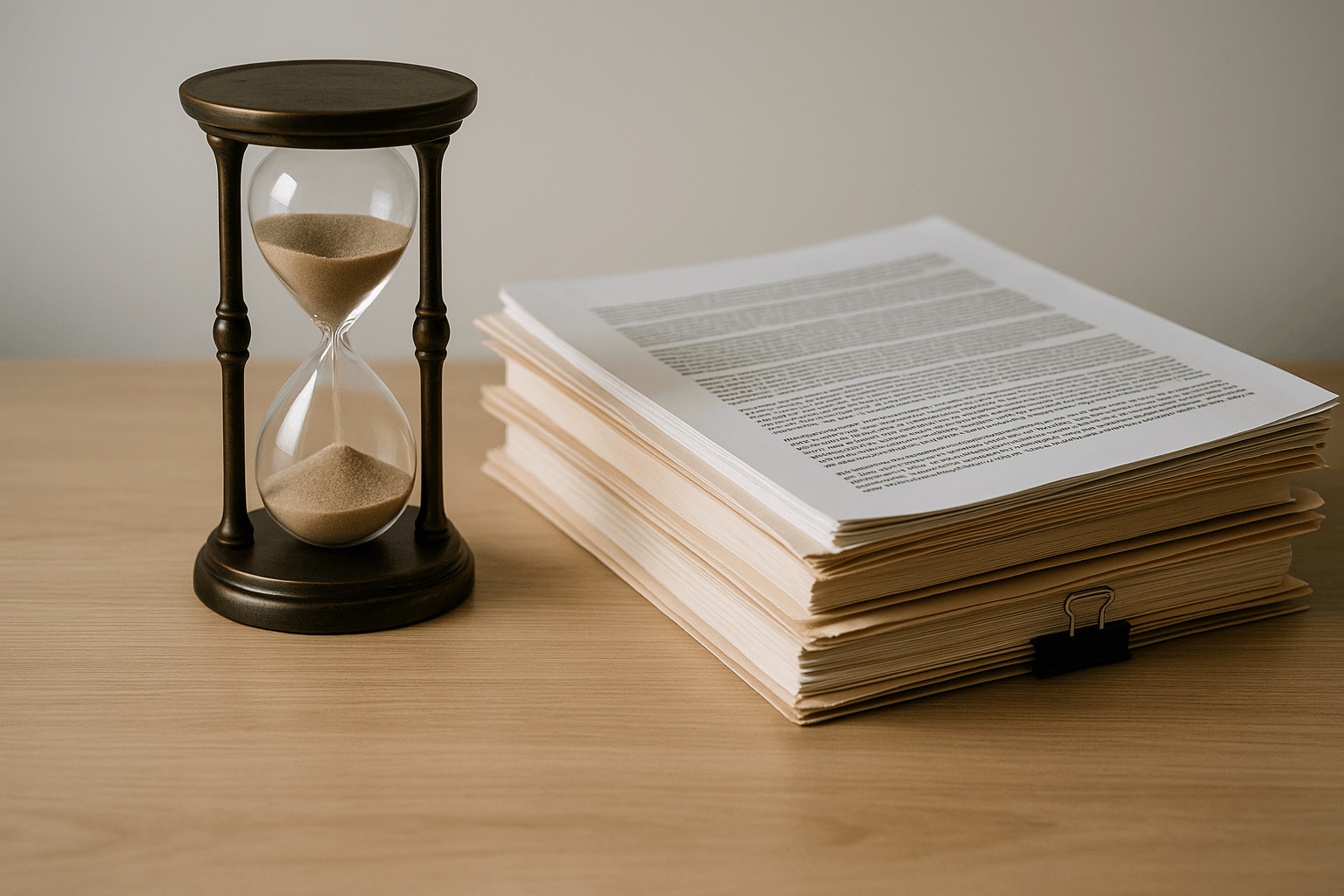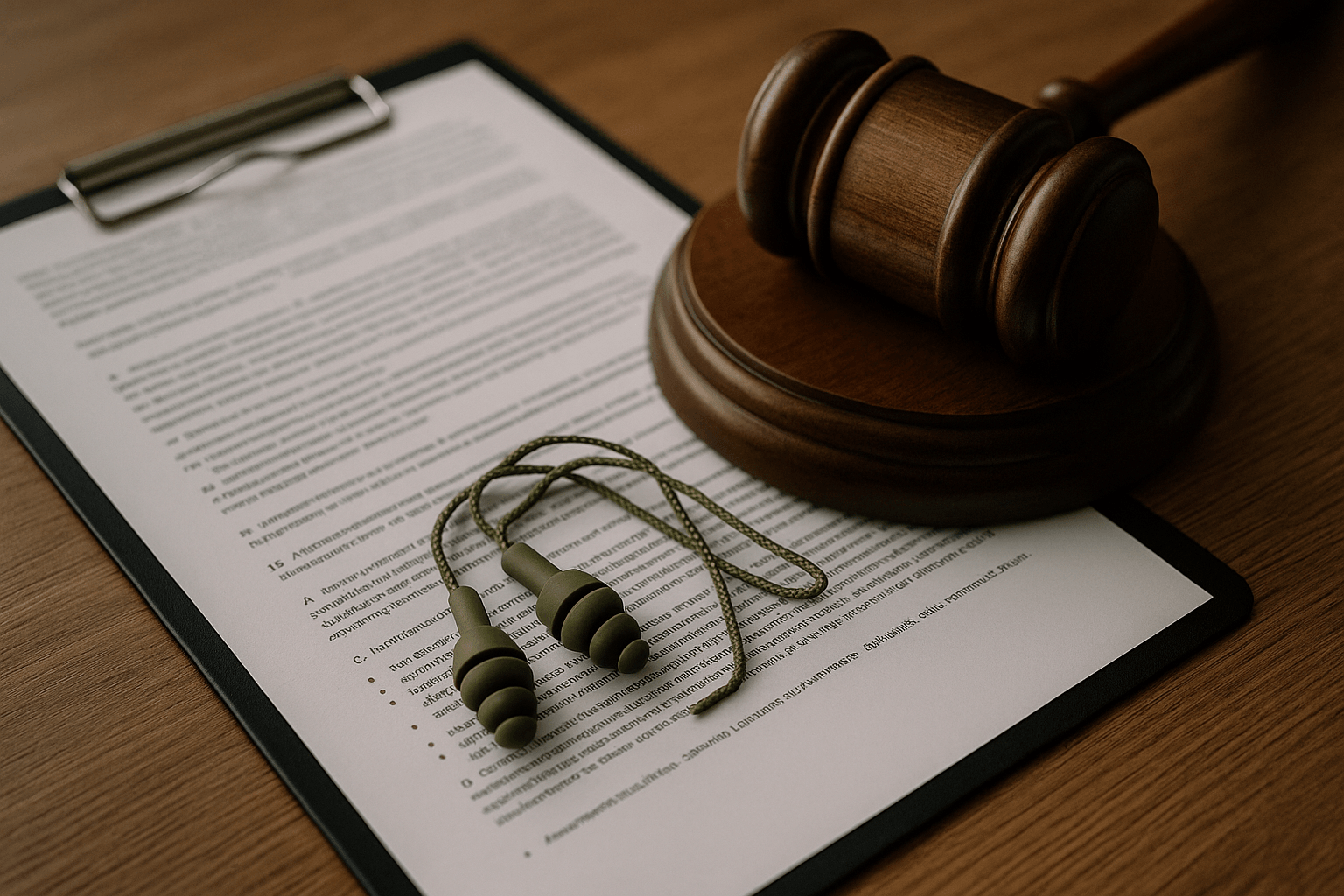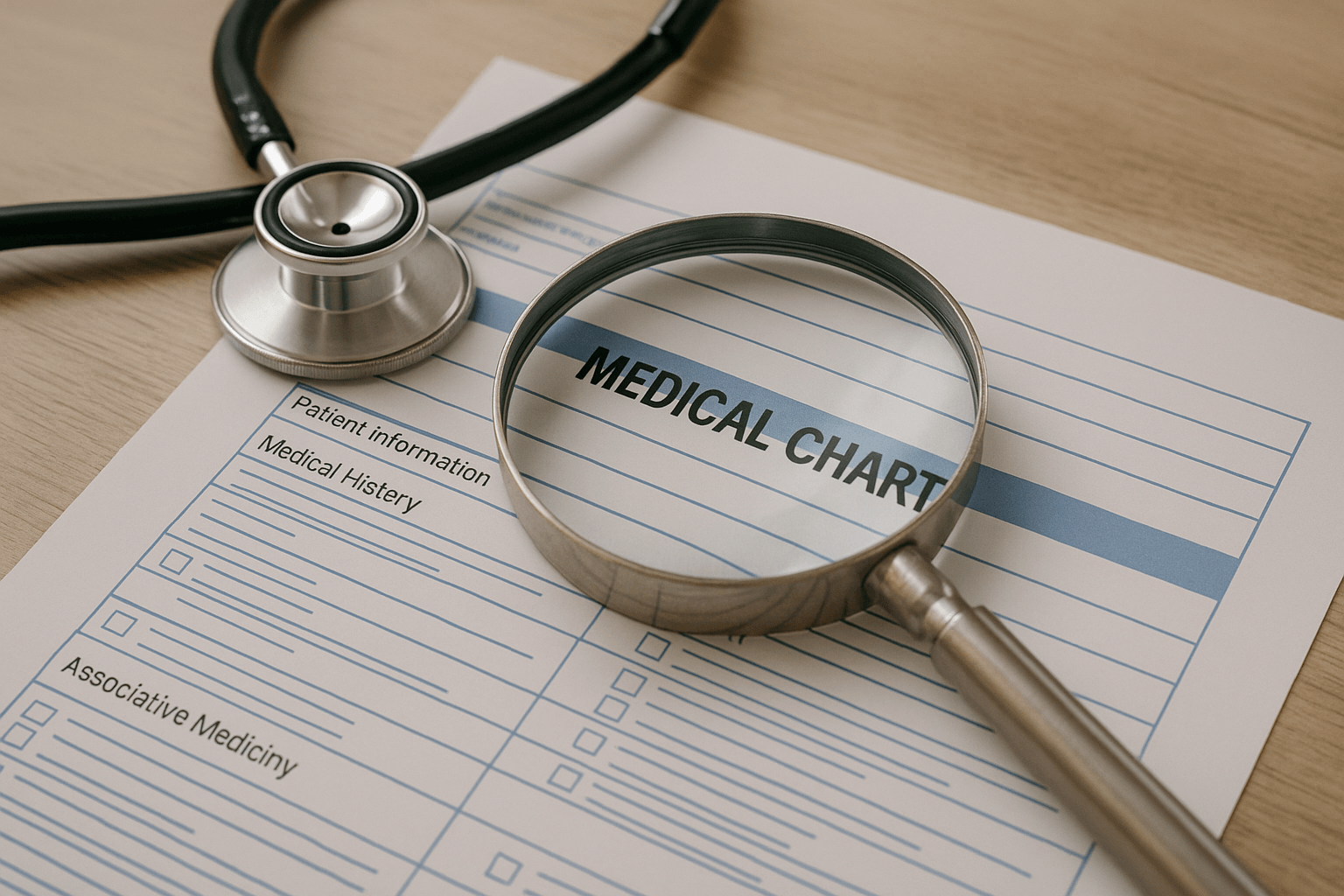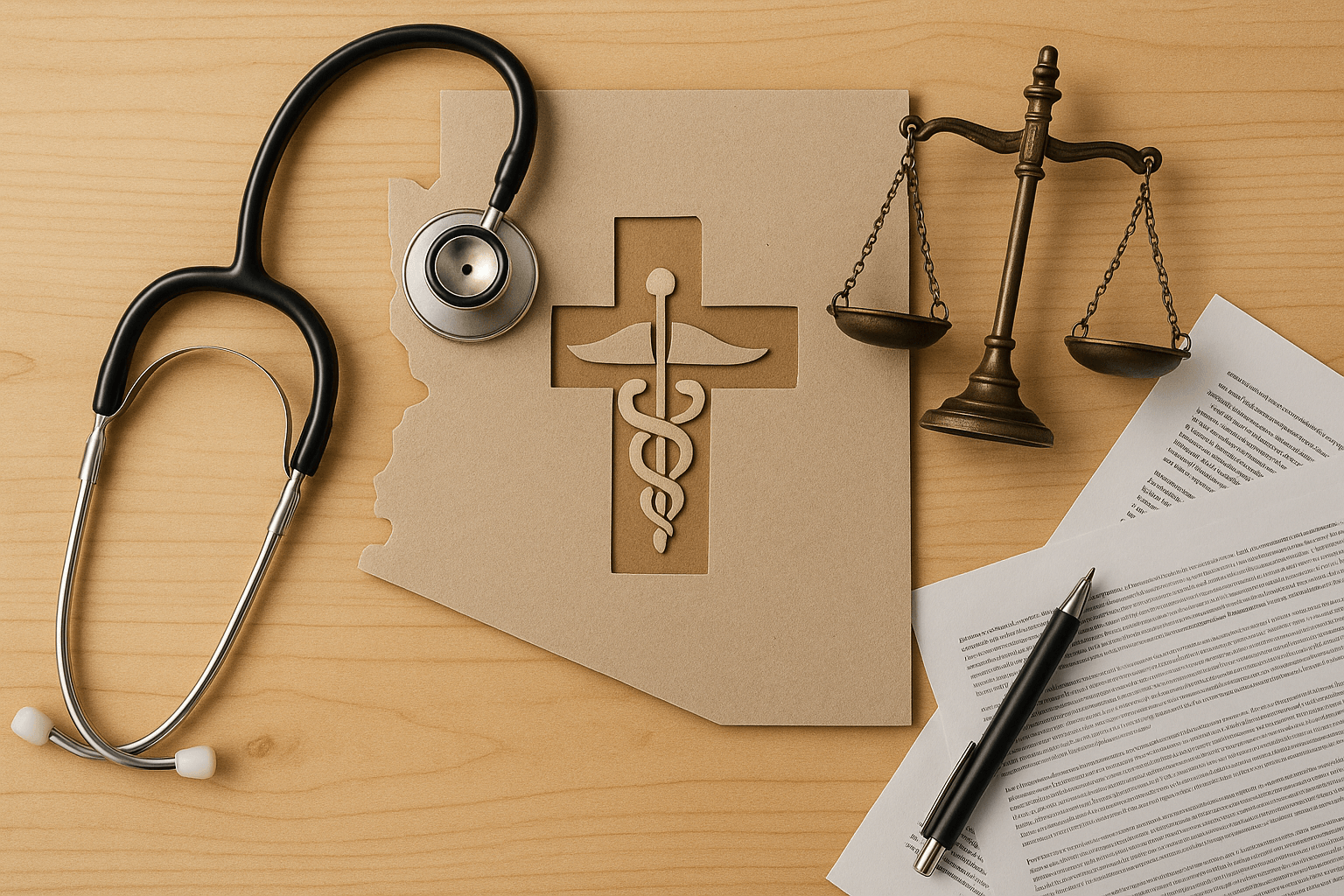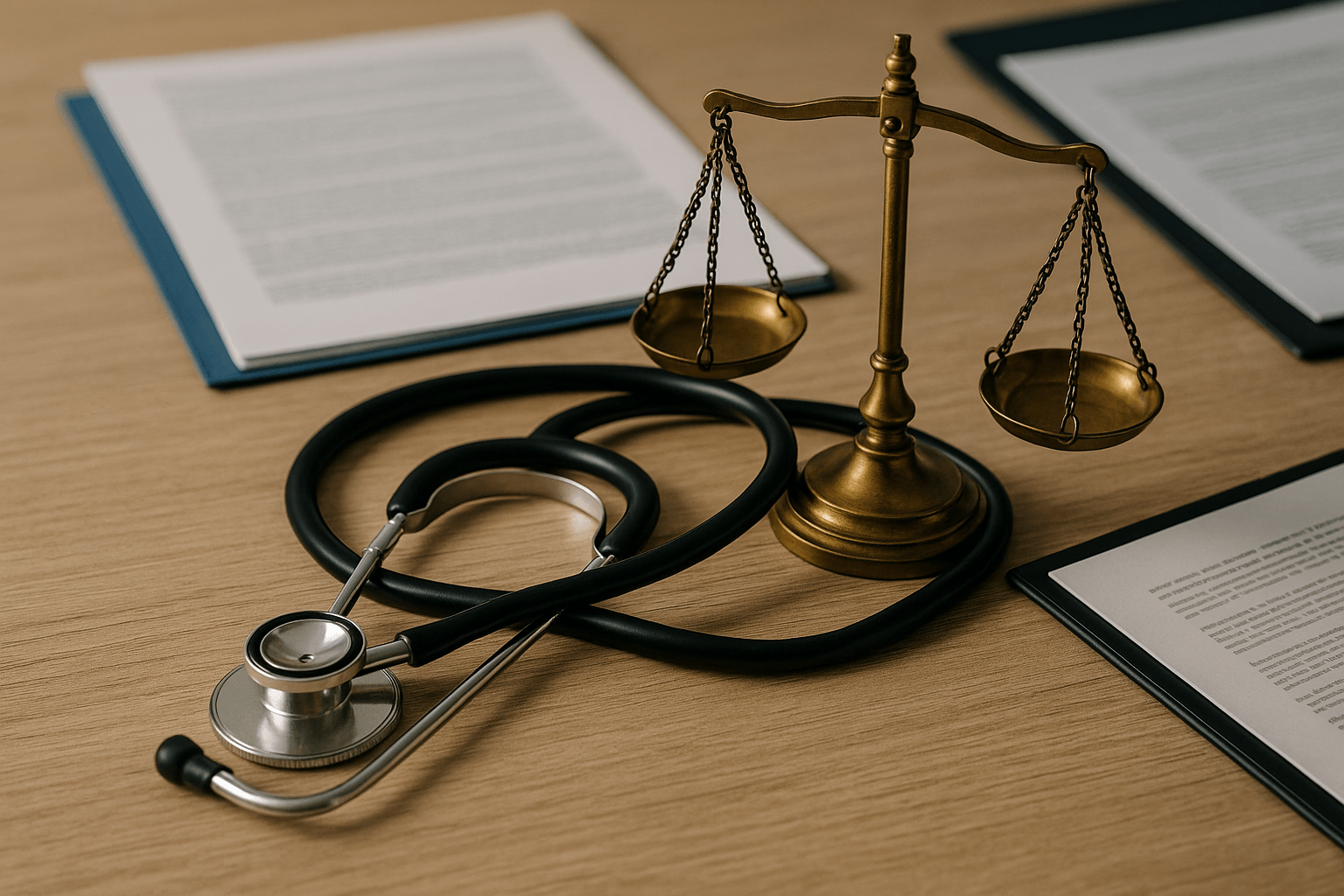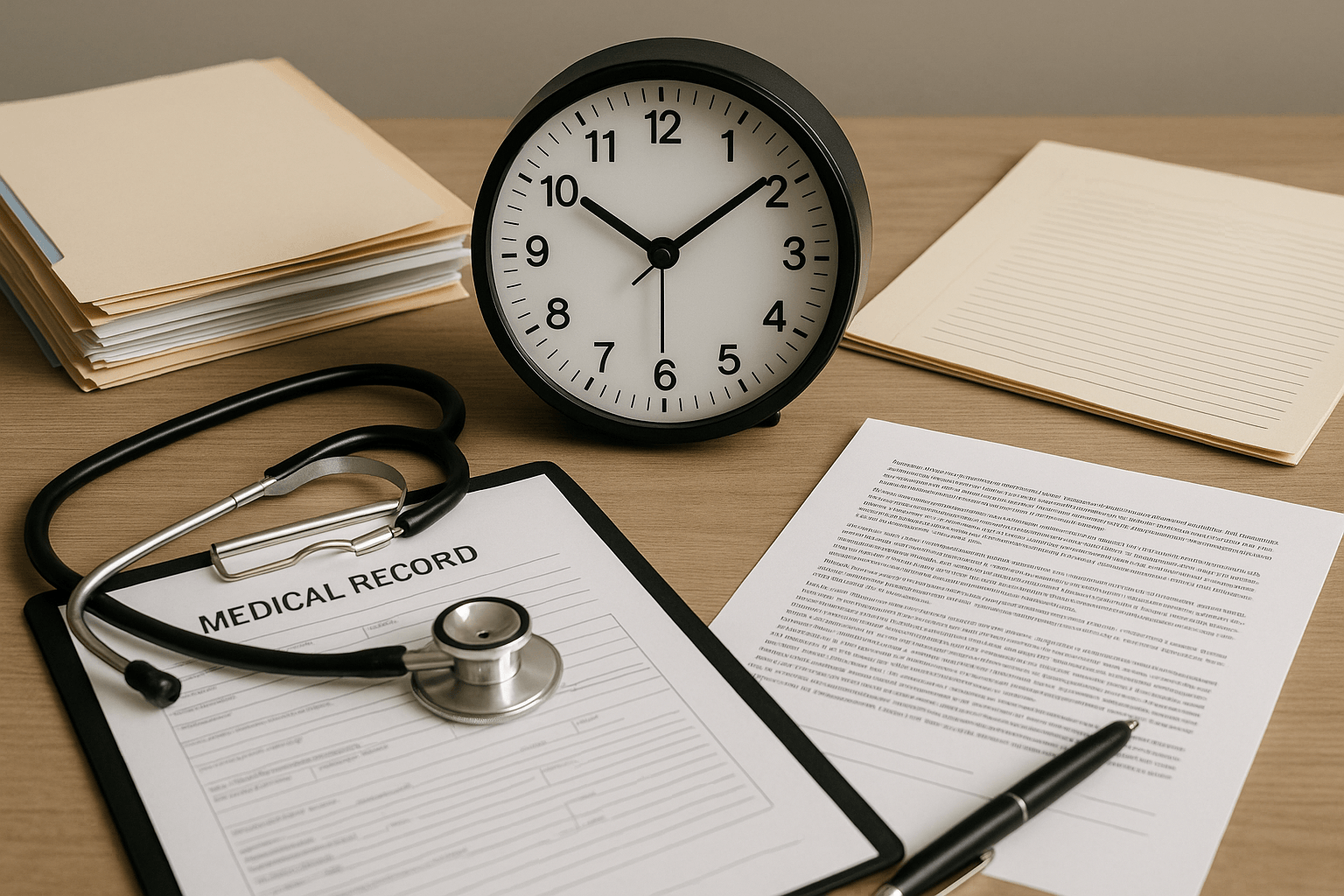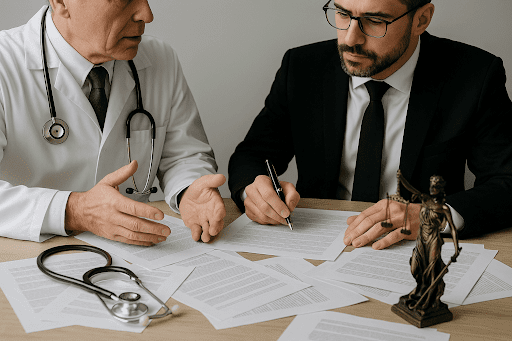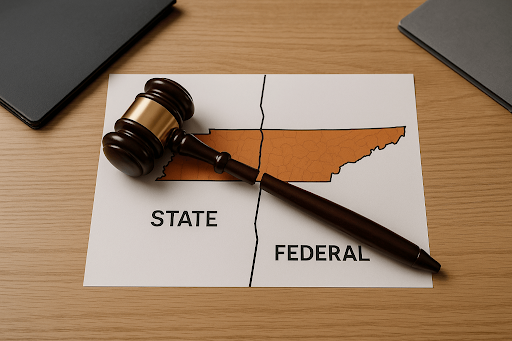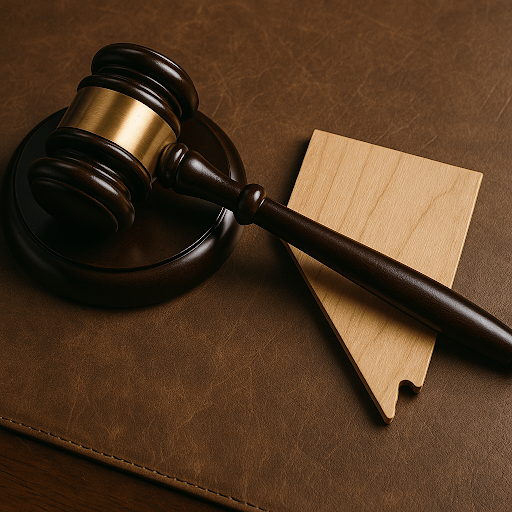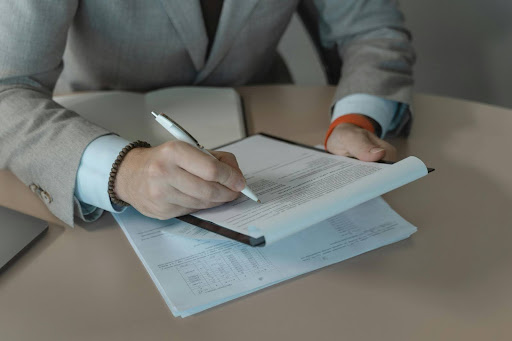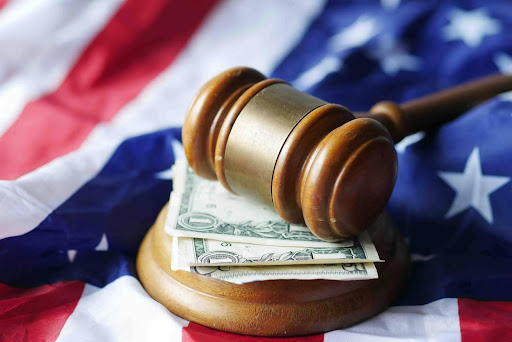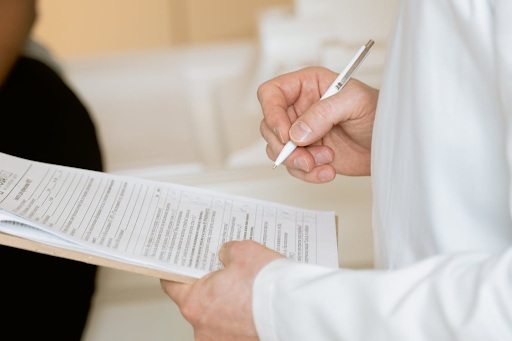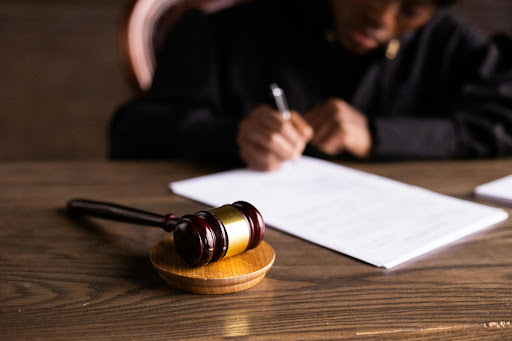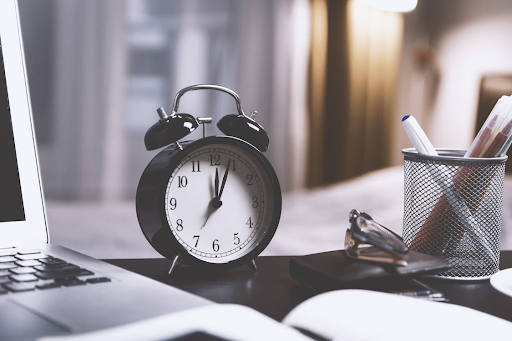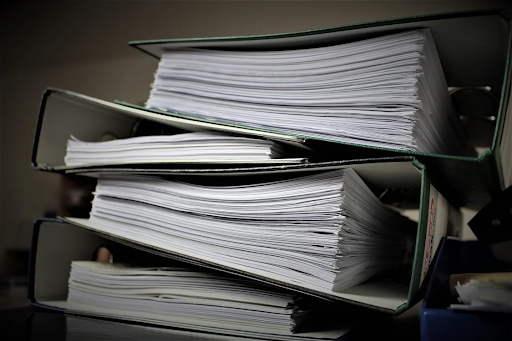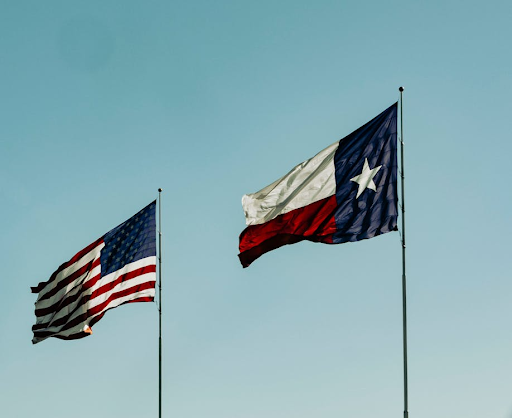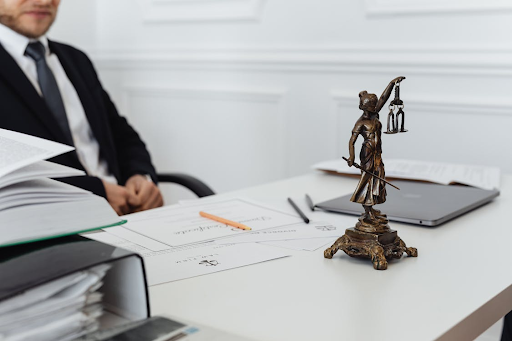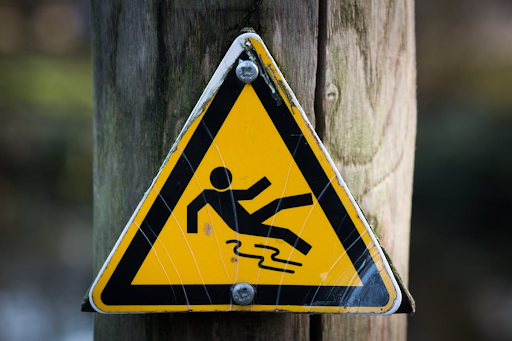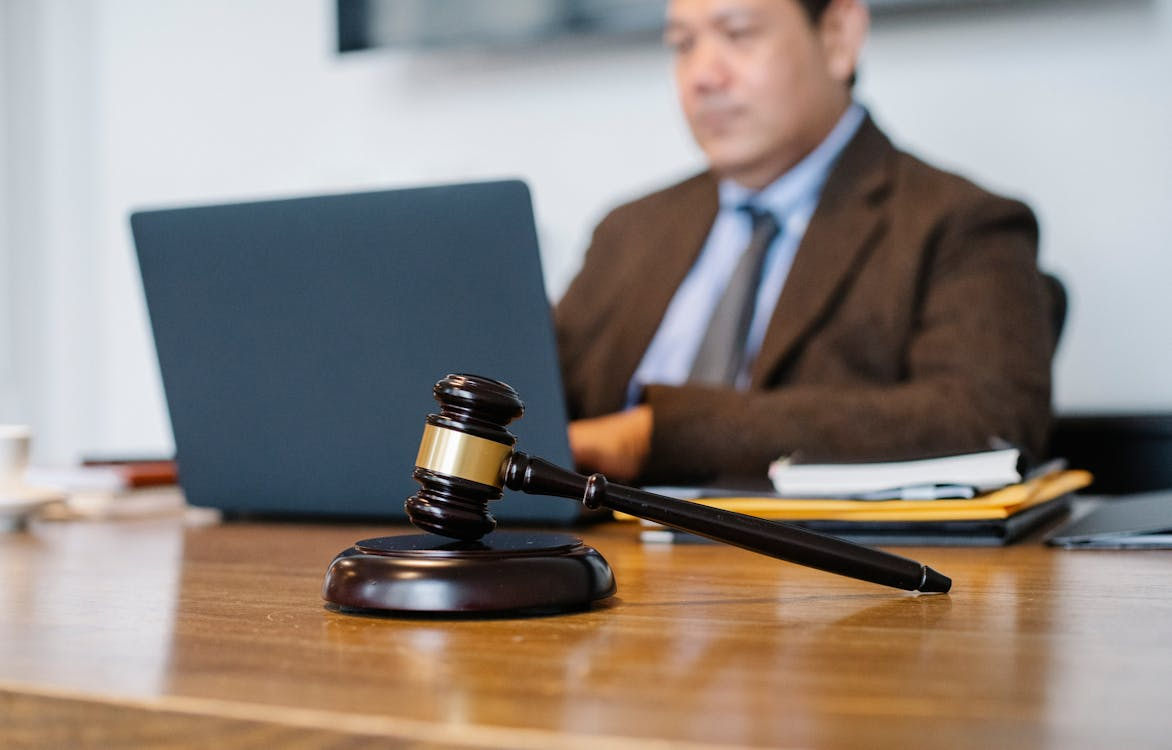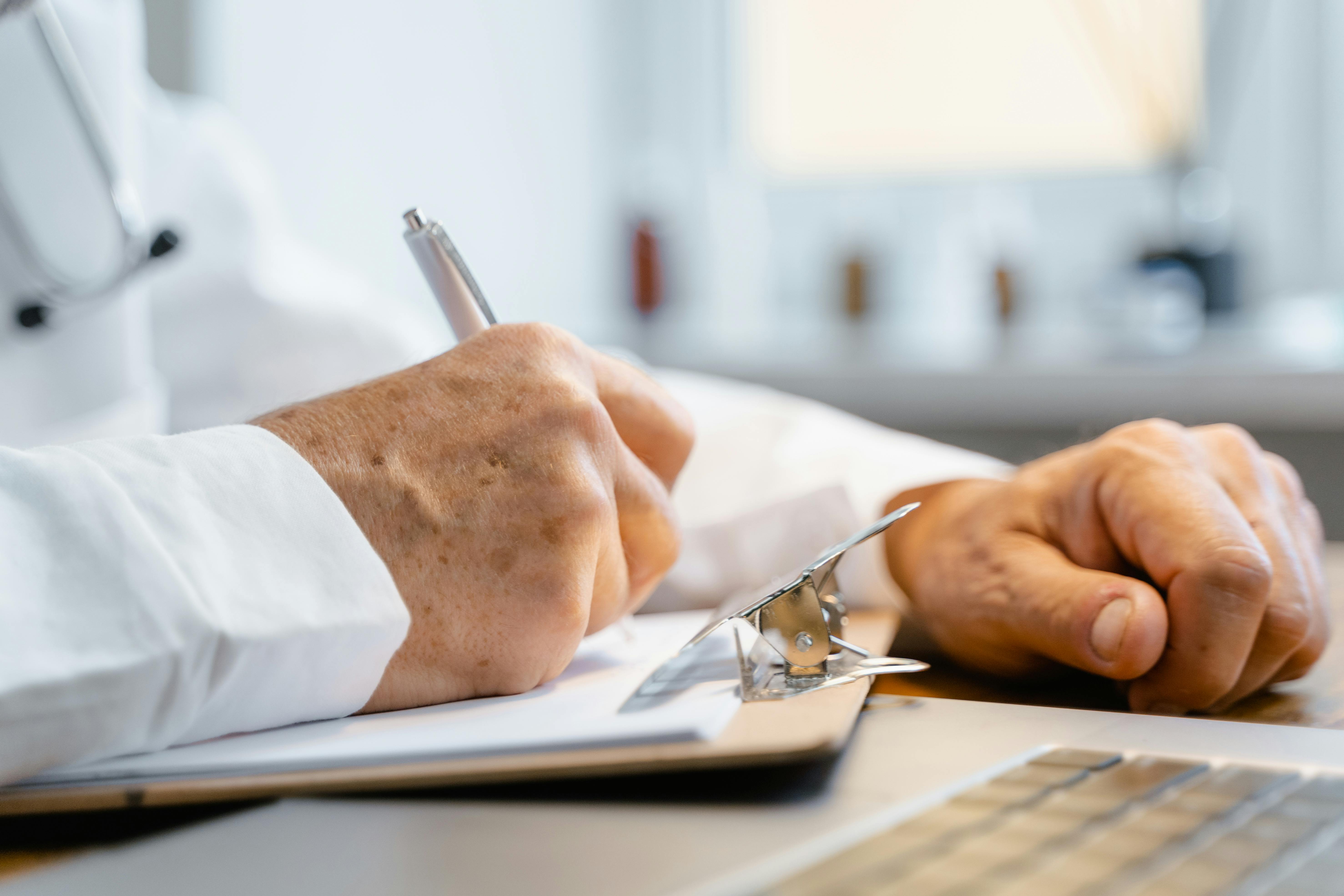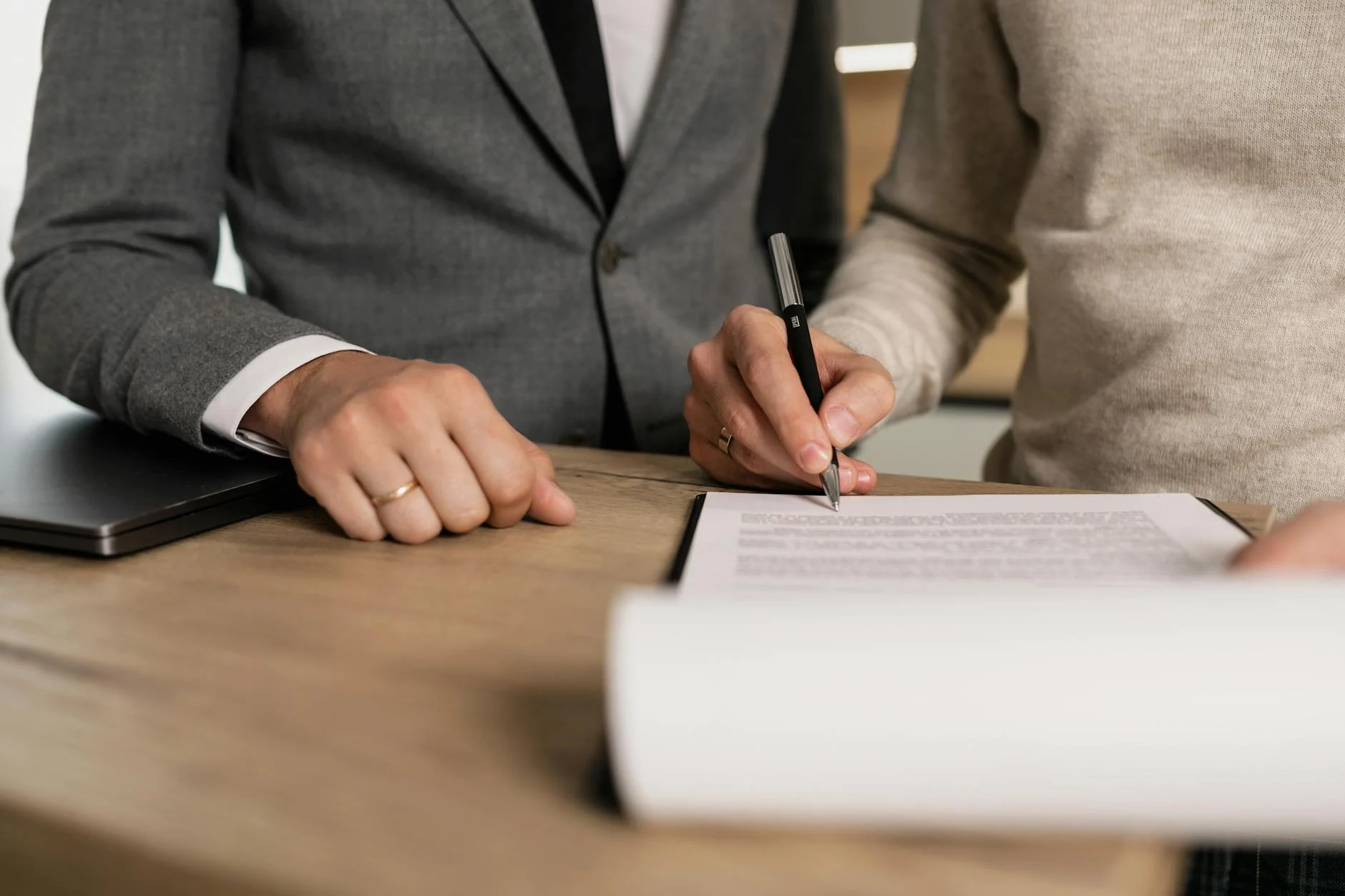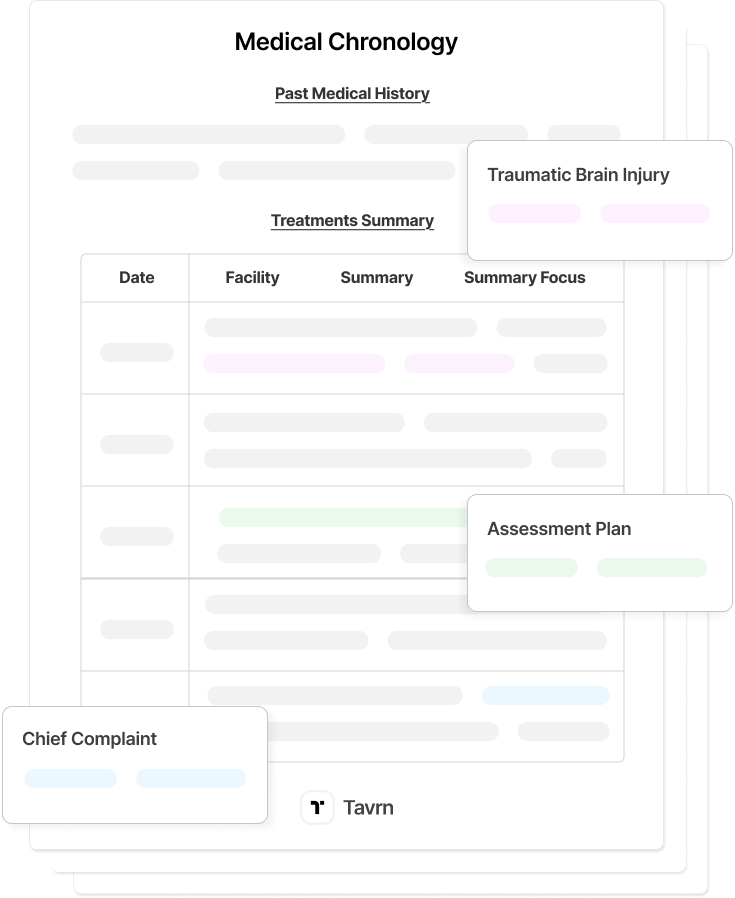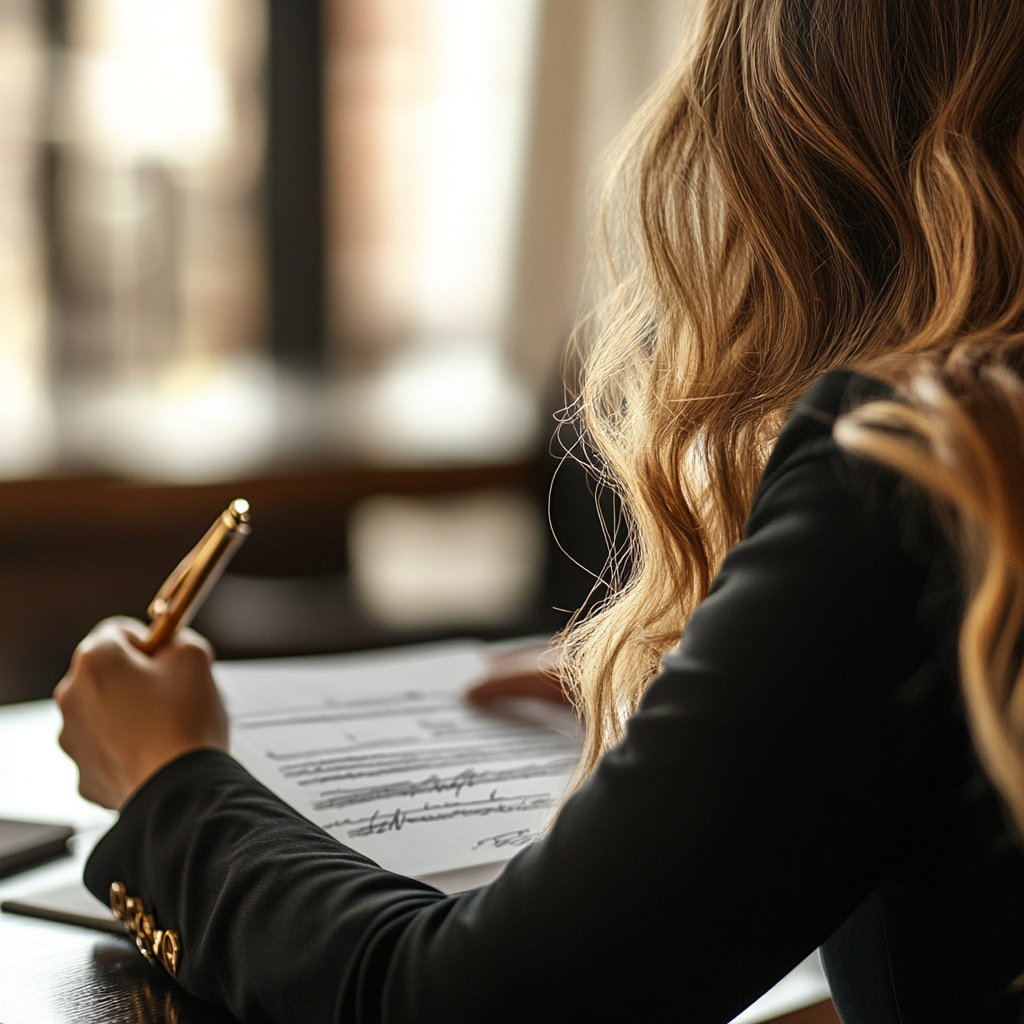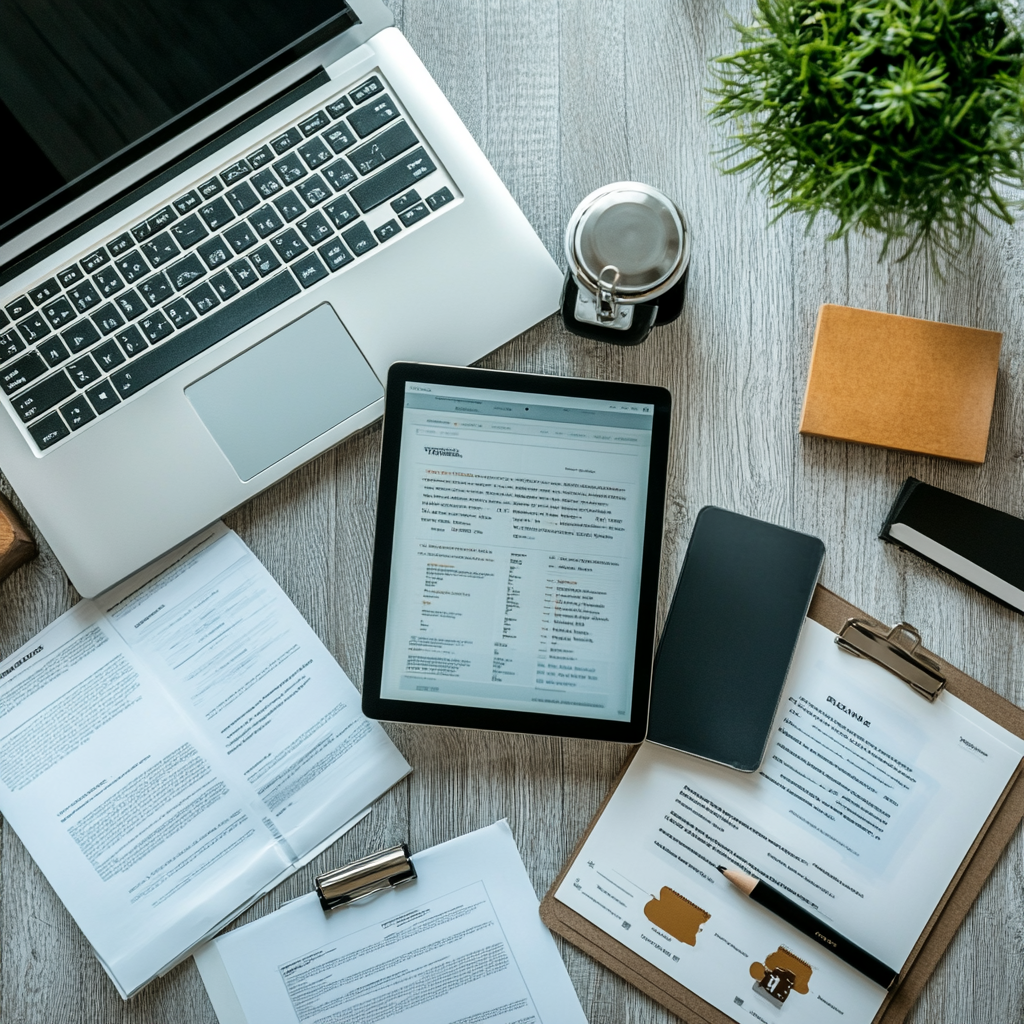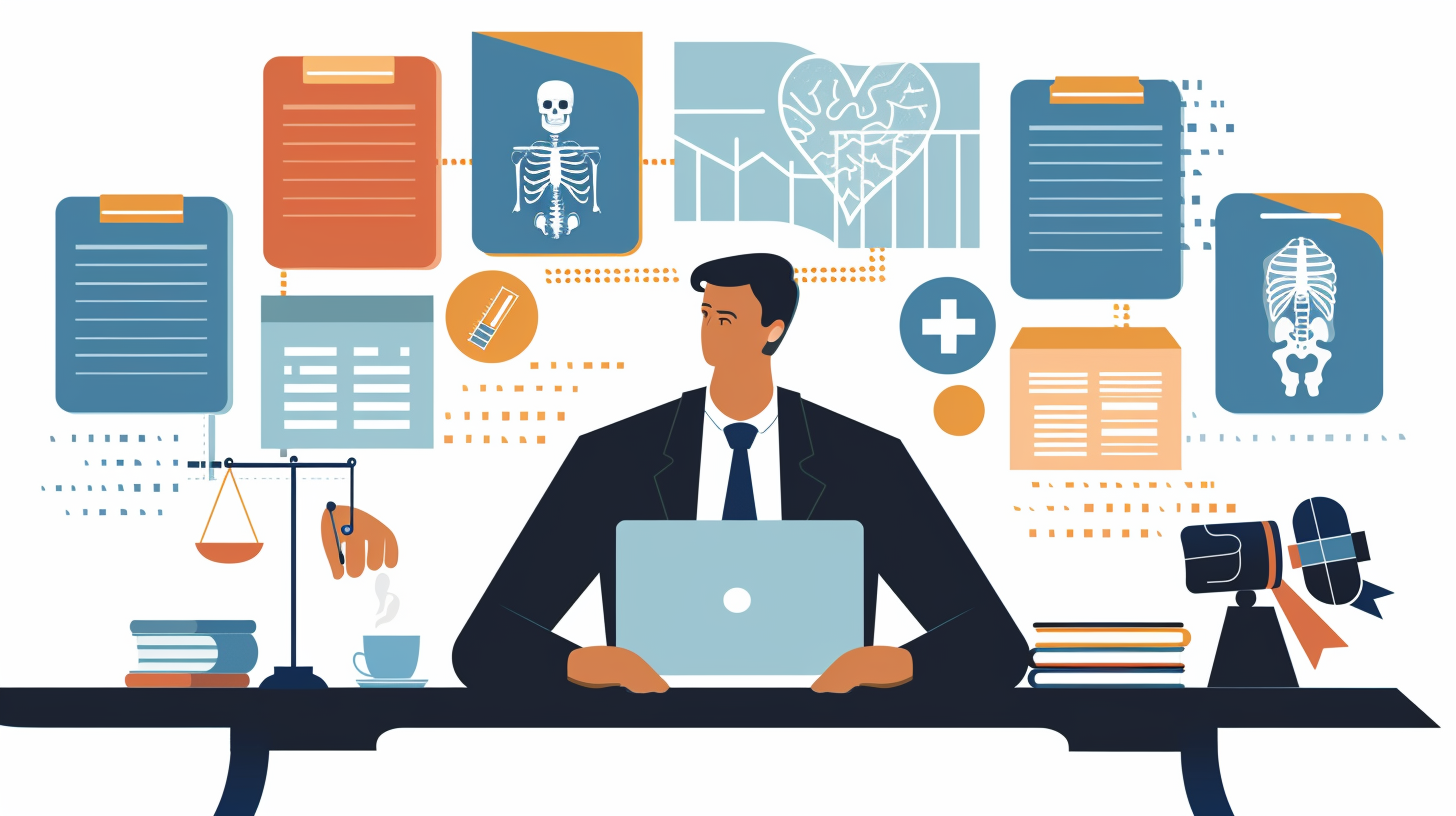Slip and fall cases represent one of the most common types of premises liability claims in personal injury law, affecting millions of Americans annually and generating significant settlement opportunities for law firms.
Settlement amounts in premises liability litigation range from $50,000 for minor injuries to $15,000,000 for catastrophic cases. Understanding patterns, calculation methodologies, and regional variations is essential to maximizing client outcomes and firm profitability.
This article examines common slip and fall injuries, factors that determine settlement amounts, and regional settlement trends, and explains how legal AI tools speed up case preparation.
What Is a Slip and Fall Injury?
Slip and fall injuries constitute a specific category of premises liability claims where property owners are legally responsible for injuries that occur due to unsafe conditions on their property. Cases involve four essential elements: duty of care, breach of that duty, causation, and actual damages.
Common slip and fall scenarios include wet floors without adequate warnings, uneven surfaces, poorly maintained stairways, ice accumulation, and hidden hazards. Typical injuries range from minor sprains and contusions to severe fractures, head trauma, spinal cord injuries, and permanent disabilities.
The legal framework for premises liability classifies visitors as invitees (business purposes), licensees (social guests), or trespassers. Property owners owe different levels of care to each classification.
Levels of Care By Classification
- Invitees constitute people invited onto a property for the owner’s benefit, typically business-related, and are owed the highest duty of care. Examples include store customers, hotel guests, restaurant patrons, and contractors performing work.
They must actively inspect the premises for potential hazards, repair unsafe conditions within a reasonable time, and warn of both obvious and hidden dangers they know or should know about. This duty is ongoing and requires maintaining the property in a reasonably safe condition.
Example: If a grocery store’s produce section has a spill, the store must clean it quickly or place visible warning signs. Failing to do so can create liability if a shopper slips.
- Licensees are individuals who enter premises for their own purposes, not for the benefit of the property owner. Common examples include social guests at a home or door-to-door salespeople.
Owners owe licensees a more limited duty of care. They are required to warn of hazards they are already aware of that the licensee would not reasonably discover, but they are not obligated to inspect the property for hidden dangers or make it as safe as they would for invitees.
Example: If a homeowner knows their back steps are rotting but doesn’t warn a visiting friend, they may be liable if the friend falls. However, the owner isn’t required to inspect the property for hidden defects constantly.
- Trespassers are people who enter property without permission or legal right and are afforded the lowest duty of care.
In general, owners do not have to make their premises safe or warn trespassers of hazards. However, owners cannot willfully or wantonly cause harm, and if they know trespassers frequently use the land, some courts require them to warn of highly dangerous conditions.
Example: If a person sneaks into a private parking lot and trips over debris, the owner usually isn’t liable, unless they had set up a hidden danger to harm intruders.
While the level of care owed helps establish liability, the types of injuries sustained often determine the scope of damages and the eventual settlement value.
What Injuries Are Most Common In Slip and Fall Cases?
Slip and fall accidents typically result in the following injury categories:
- Fractures: Broken bones in arms, legs, hips, wrists, and ankles from impact with the ground or objects.
- Head and Brain Injuries: Concussions, traumatic brain injuries (TBI), and skull fractures from striking hard surfaces.
- Spinal Cord Injuries: Back injuries, herniated discs, and potential paralysis from awkward falls.
- Soft Tissue Injuries: Sprains, strains, torn ligaments, and muscle damage.
- Hip Injuries: Particularly common in elderly victims, often requiring surgical intervention.
- Cuts and Lacerations: From broken glass, sharp edges, or rough surfaces.
- Bruises and Contusions - Surface-level injuries that may indicate deeper trauma.
Once injuries are identified and documented, the next step is assessing how they affect compensation.
How Are Slip and Fall Settlement Amounts Determined?
Slip and fall settlements are rarely formulaic; instead, courts and insurers evaluate a combination of injury-related factors, financial losses, subjective harms, and legal constraints to arrive at a final number.
- Injury severity and permanence often determine the scale of damages, with more serious or lasting injuries driving higher awards.
- Economic losses are measured through medical bills, projected future care, and lost wages, including diminished earning capacity in permanent cases.
- Pain and suffering is typically calculated with multiplier methods and economic damages as the baseline, ranging from 1.5× for minor injuries to 5.5× or more for catastrophic harm.
- Contextual limits such as comparative negligence, the strength of liability evidence, insurance policy ceilings, and jurisdictional norms shape the settlement’s boundaries.
Settlement values in slip and fall cases hinge first on the nature of the injury. Severe or permanent impairments drive higher medical costs and ongoing care needs, while lost wages both add further weight. Pain and suffering, calculated using multiplier formulas, can dramatically increase awards in proportion to the injury’s impact on daily life.
At the same time, contextual factors determine how much a plaintiff ultimately receives. Comparative negligence rules may reduce or bar recovery, and liability is only as strong as the supporting evidence. Insurance policy limits create practical ceilings, while jurisdictional trends also matter. Urban courts often return higher awards than rural ones, and some states, like Pennsylvania, are known for consistently larger settlements.
Regional Settlement Amounts for Slip and Fall Cases
Regional settlement amounts vary widely, influenced not only by injury severity but also by the legal frameworks and jury tendencies of different states.
- Minor to moderate injuries often resolve between <$50,000 and $200,000, typically covering sprains, contusions, and simple fractures with full or near-full recovery.
- Moderate to severe injuries requiring surgery or involving permanent limitations generate higher ranges, from $200,000 to $1,000,000.
- Catastrophic cases involving spinal trauma, permanent disability, or lifelong care regularly exceed $1,000,000, with documented verdicts reaching $15,000,000.
Regional settlement patterns demonstrate how state-specific rules and jury climates shape these outcomes:
Pennsylvania produces some of the highest national awards, including a $15 million verdict in Brennen v. PW Partners, Inc., after an apartment stair collapse. The state consistently delivers seven-figure verdicts across severities, with cases like a $7.25 million medical office liability settlement.
California applies pure comparative negligence under Li v. Yellow Cab, which supports higher recovery even when plaintiffs share fault. Settlements range from about $500,000 for moderate cases to multimillion-dollar awards in catastrophic claims.
Texas follows modified comparative negligence with a 50% fault threshold. Settlements typically range from $100,000 to $2,000,000, with documented verdicts like $2.75 million for serious premises liability cases.
Florida adopted a new modified comparative negligence standard in 2023, barring recovery above 50% plaintiff fault. Recent outcomes span from $250,000 in moderate cases to $3.5 million in catastrophic claims.
Ohio mirrors Texas with a modified comparative negligence rule. Settlement values range from $150,000 for moderate injuries to $2.5 million in catastrophic disability cases.
New York reflects an urban premium, with Manhattan and Brooklyn verdicts exceeding state averages by 25–40%. Settlements range from $400,000 in moderate cases to $8.5 million for catastrophic injuries.
High-Profile Slip and Fall Verdicts & Settlements
High-profile verdicts illustrate how clear liability and severe injuries can result in substantial slip and fall awards. These cases underscore the importance of maintenance records, expert testimony, and evidence of negligence in driving case value.
- $15 million — Harmon Cove IV (Hudson County): A pool stair collapse led to catastrophic injuries, reflecting the scale of recovery possible in structural failure cases.
- $6.45 million — Citarella Fish Market (New York, 2025): A customer slip and fall in Manhattan highlighted the urban premium for severe injuries with clear liability.
- $1.48 million — Dollar General (Florida, 2024): A customer injury led to an affirmed verdict after the court rejected the “open and obvious” defense, reinforcing the duty to warn.
- $1.3 million — Gallardo v. Walmart (New Jersey): An initial award was vacated on appeal for insufficient notice, underscoring the importance of proving that property owners knew or should have known about hazards.
Together, these outcomes demonstrate that slip and fall verdicts can reach into the millions when injuries are severe, liability is well-documented, and courts reject defenses that minimize a property owner’s duty of care.
Slip and Fall Settlement Calculation Framework
Slip and fall settlements are often estimated by combining economic damages with industry-standard multipliers. This framework provides a baseline for evaluation, though actual results depend heavily on case-specific factors.
The process begins with economic damages, including medical bills, therapy costs, medication expenses, lost wages, and property damage. Next, a multiplier is applied to reflect injury severity: ~1.5–2.0 for minor injuries, ~2.1–3.0 for moderate injuries, ~3.1–4.0 for serious injuries, and ~4.1–5.5 for severe or catastrophic harm. Finally, the multiplier generates an estimate of noneconomic damages (pain and suffering), which is added to the economic damages for a total settlement estimate.
For example, $15,000 in medical costs plus $8,000 in lost wages equals $23,000. Applying a 2.5 multiplier yields $57,500 in noneconomic damages, for a total of $80,500.
Some cases use a per diem method instead, assigning a daily dollar value for pain and multiplying it by the recovery period.
Ultimately, this framework offers only an initial estimate. Actual settlements vary with liability strength, comparative negligence rules, insurance limits, jurisdictional tendencies, and other case-specific circumstances, making professional legal evaluation essential.
How Does AI Help To Maximize Slip and Fall Injury Settlements
Efficient processes create leverage, turning negotiations from delay tactics into decisive settlements that maximize recovery for clients. When attorneys present a complete package of records, damages, and liability arguments early, they gain the momentum needed to push insurers toward higher figures instead of prolonged litigation.
Modern legal AI platforms streamline the most time-intensive aspects of settlement preparation:
- Automated medical record retrieval cuts weeks off the process of gathering treatment notes, diagnostic imaging, surgical reports, and therapy records by connecting directly to healthcare providers.
AI systems send requests, track responses in real time, and organize incoming files in as little as three days.
- AI-powered medical chronologies turn hundreds of pages into clear, hyperlinked summaries that highlight diagnoses, treatment timelines, and the causal link to the injuries.
Law firms using Tavrn report a 50–70% reduction in review time and stronger medical foundations for damages calculations.
- AI-driven demand letter generation speeds the final stage by pulling medical records, damages, and legal precedents into polished, cited demand drafts, ready for attorney review.
Increase Your Average Slip and Fall Settlements
Securing successful slip and fall outcomes requires thorough preparation and strategic negotiation. Traditional manual workflows introduce delays that eat into leverage, draining attorney hours, and weakening client resolve.
Law firms using Tavrn report up to 70% faster review times, cutting turnaround time by an average of twelve days compared to traditional processes.
Ready to elevate your slip and fall practice? Request a Tavrn demo.

.webp)
.webp)
